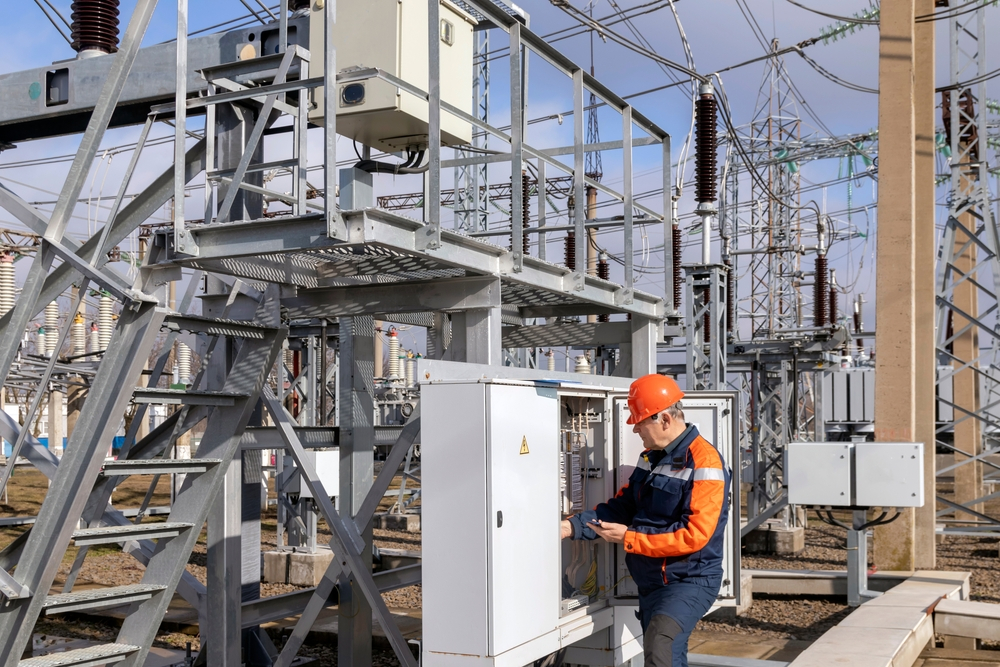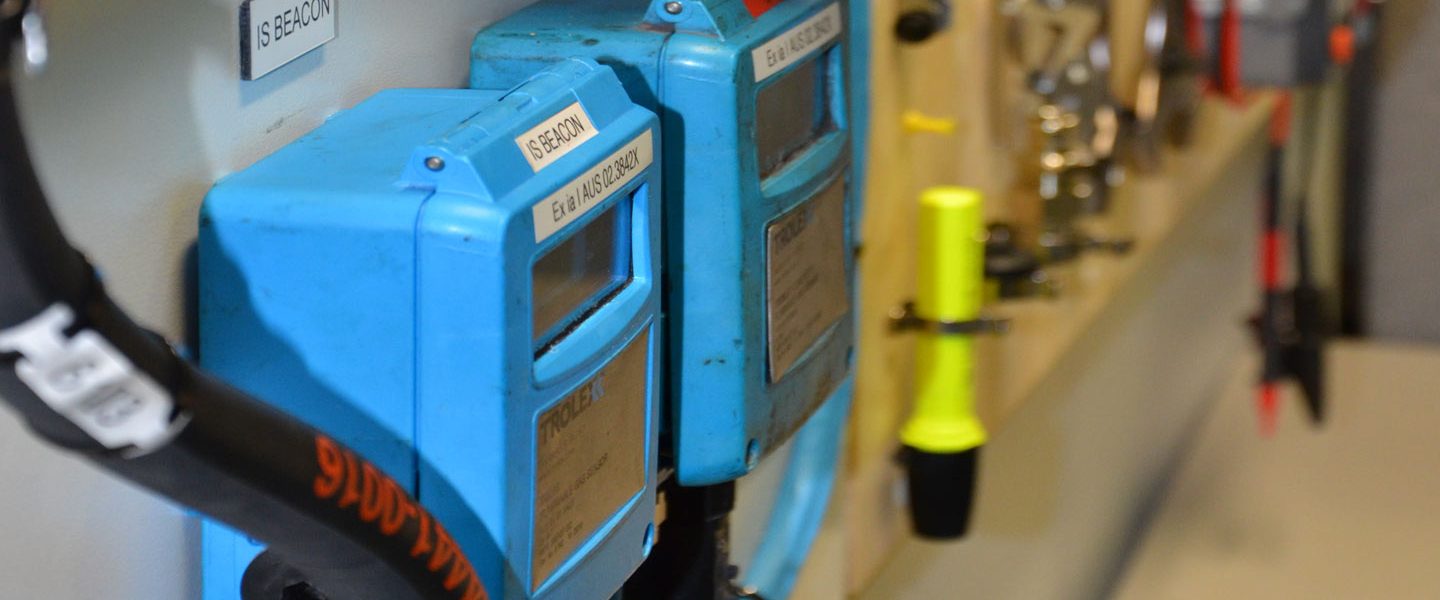3 Simple Techniques For Roar Solutions
Table of ContentsThe 10-Second Trick For Roar SolutionsThe smart Trick of Roar Solutions That Nobody is Talking AboutRoar Solutions Things To Know Before You Get This
In such an ambience a fire or surge is possible when 3 fundamental problems are satisfied. This is commonly described as the "unsafe location" or "burning" triangular. In order to shield setups from a prospective surge an approach of evaluating and categorizing a possibly unsafe area is needed. The purpose of this is to ensure the appropriate option and setup of devices to inevitably avoid an explosion and to guarantee safety and security of life.

No tools ought to be set up where the surface temperature level of the tools is more than the ignition temperature of the offered danger. Below are some usual dust harmful and their minimal ignition temperature level. Coal Dust 380C 225C Polythene 420C (melts) Methyl Cellulose 420C 320C Starch 460C 435C Flour 490C 340C Sugar 490C 460C Grain Dust 510C 300C Phenolic Material 530C > 450C Aluminium 590C > 450C PVC 700C > 450C Soot 810C 570C The probability of the threat existing in a concentration high sufficient to trigger an ignition will differ from place to place.
In order to identify this risk a setup is divided into areas of risk relying on the quantity of time the hazardous exists. These locations are described as Zones. For gases and vapours and dusts and fibres there are 3 zones. Zone 0 Area 20 A harmful atmosphere is highly likely to be existing and may be existing for long durations of time (> 1000 hours each year) or perhaps continually Area 1 Area 21 A hazardous ambience is possible but not likely to be existing for long durations of time (> 10 450 C [842 F] A classification of T6 implies the minimum ignition temperature level is > 85 C [185 F] Harmful area electrical equipment maybe developed for use in higher ambient temperature levels. This would suggested on the rating plate e.g. EExe II C T3 Ta + 60C( This means at 60C ambient T3 will not be surpassed) T1 T1, T2, T3, T4, T5, T6 T2 T2, T3, T4, T5, T6 T3 T3, T4, T5, T6 T4 T4, T5, T6 T5 T5, T6 T6 T6 A T Course score of T1 means the optimum surface area temperature level produced by the tool at 40 C is 450 C. Presuming the connected T Course and Temperature ranking for the equipment are proper for the location, you can constantly make use of an instrument with an extra stringent Department rating than needed for the area. There isn't a clear solution to this question. It really does depend upon the sort of devices and what repair services require to be accomplished. Tools with certain examination treatments that can't be carried out in the area in order to achieve/maintain third celebration ranking. Should come back to the factory if it is prior to the equipment's service. Area Repair Service By Authorised Worker: Difficult screening might not be required nevertheless specific treatments might need to be adhered to in order for the devices to keep its 3rd party score. Authorized personnel need to be used to execute the work appropriately Repair work should be a like for like replacement. New component need to be taken into consideration as a straight replacement needing no unique screening of the tools after the repair is complete. Each piece of equipment with an unsafe rating ought to be evaluated separately. These are detailed at a high degree below, however, for even more in-depth information, please refer straight to the guidelines.
Indicators on Roar Solutions You Need To Know
The tools register is a detailed data source of devices documents that includes a minimum collection of fields to determine each product's location, technical parameters, Ex classification, age, and ecological data. This details is critical for tracking and taking care of the devices efficiently within harmful locations. On the other hand, for routine or RBI sampling assessments, the quality will certainly be a mix of Detailed and Close evaluations. The ratio of Detailed to Shut evaluations will certainly be figured out by the Devices Threat, which is analyzed based upon ignition danger (the possibility of a resource of ignition versus the likelihood of a flammable environment )and the unsafe location classification
( Area 0, 1, or 2). This variation will certainly additionally affect the resourcing demands for job prep work. When Great deals are defined, you can establish sampling strategies based upon the example size of each Great deal, which check my source describes the number of random equipment products to be evaluated. To establish the needed example dimension, 2 elements need to be assessed: the dimension of the Whole lot and the category of inspection, which shows the degree of initiative that ought to be applied( decreased, normal, or increased )to the evaluation of the Lot. By integrating the group of examination with the Great deal size, you can after that establish the suitable denial standards for an example, suggesting the allowed number of malfunctioning items found within that example. For even more information on this process, please refer to the Power Institute Guidelines. The IEC 60079 typical recommends that the maximum interval in between inspections should not exceed 3 years. EEHA evaluations will also be performed outside of RBI projects as component of arranged maintenance and devices overhauls or fixings. These inspections can be attributed toward the RBI example sizes within the impacted Lots. EEHA inspections are conducted to recognize mistakes in electric devices. A heavy racking up system is vital, as a single tool may have multiple mistakes, each with varying degrees of ignition risk. If the combined score of both evaluations is less than two times the fault rating, the Lot is regarded acceptable. If the Lot is still considered undesirable, it has to go through a full examination or reason, which may activate more stringent examination protocols. Accepted Great deal: The sources of any kind of faults are identified. If an usual failure mode is discovered, extra tools may call for maintenance. Faults are classified by severity( Safety, Integrity, House cleaning ), ensuring that immediate problems are analyzed and dealt with promptly to alleviate any kind of influence on security or procedures. The EEHA data source should track and videotape the lifecycle of faults together with the rehabilitative actions taken. Applying a robust Risk-Based Inspection( RBI )approach is important for making sure conformity and safety in taking care of Electrical Equipment in Hazardous Areas( EEHA) (electrical refresher course). Automated Mistake Scoring and Lifecycle Management: Easily handle faults and track their lifecycle to improve examination accuracy. The intro of this support for risk-based inspection even more reinforces Inspectivity's position as a best-in-class service for regulatory conformity, along with for any kind of asset-centric examination usage instance. If you are interested in discovering more, we invite you to request a presentation and find just how our remedy can change your EEHA monitoring procedures.
8 Easy Facts About Roar Solutions Shown

In terms of eruptive threat, a harmful area is an environment in which an explosive atmosphere is existing (or might be expected to be present) in quantities that need special precautions for the construction, installment and use tools. hazardous area course. In this post we discover the obstacles faced in the office, the threat control actions, and the called for proficiencies to function safely
It is a consequence of modern-day life that we produce, save or take care of a variety of gases or fluids that are considered flammable, and a series of dirts that are deemed flammable. These substances can, in certain problems, develop eruptive atmospheres and these can have significant and unfortunate repercussions. A lot of us are familiar with the fire triangle eliminate any kind of among the three aspects and the fire can not take place, however what does this mean in the context of dangerous locations? When breaking this down into its easiest terms it is basically: a combination of a specific amount of launch or leak of a specific substance or product, blending with ambient oxygen, and the existence of a source of ignition.
In a lot of circumstances, we can do little concerning the levels of oxygen in the air, however we can have considerable influence on sources of ignition, for instance electric tools. Dangerous areas are documented on the hazardous area classification drawing and are recognized on-site by the triangular "EX-SPOUSE" indicator. Right here, amongst other vital information, zones are divided into three types depending on the risk, the probability and period that an eruptive atmosphere will exist; Area 0 or 20 is regarded one of the most unsafe and Area 2 or 22 is deemed the least.
Comments on “Excitement About Roar Solutions”